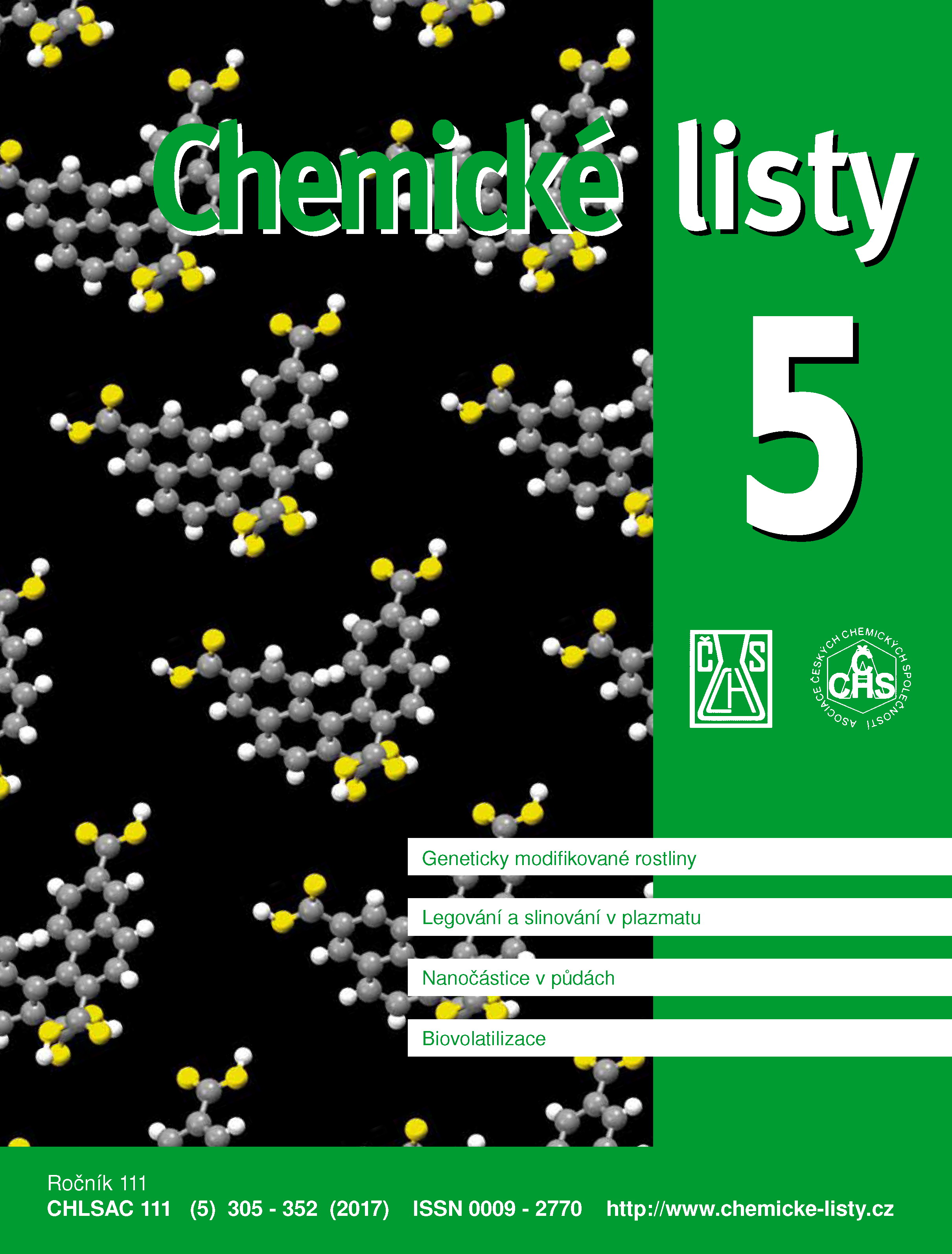The Current Situation in the Use of Genetically Modified Plants
Keywords:
genetic modification, transgenic plants, GMO, glyphosate, gluphosinate, remediationAbstract
Climatic changes, deficiency of arable land and a steady growth of population belong to the main problems of these days that lead to lack of food sources. This global problem can be partly solved by methods of genetic engineering, which are one of the most important instruments of biotechnologies. Genetic engineering enables the enables gaining of characteristics, the transfer of which, by methods of classic breeding, would not be possible or would take a few decades. To this day a wide variety of crops resistant to, e.g., insects, viruses, herbicides or abiotic stress was prepared. Special importance is placed on nutritionally enhanced plants or plants with remediation ability. In this review we focus on the most discussed transgenic plants, grown and consumed by millions of people, their advantages and benefits for the human health and the environment, as well as disadvantages or overlooked flaws.





